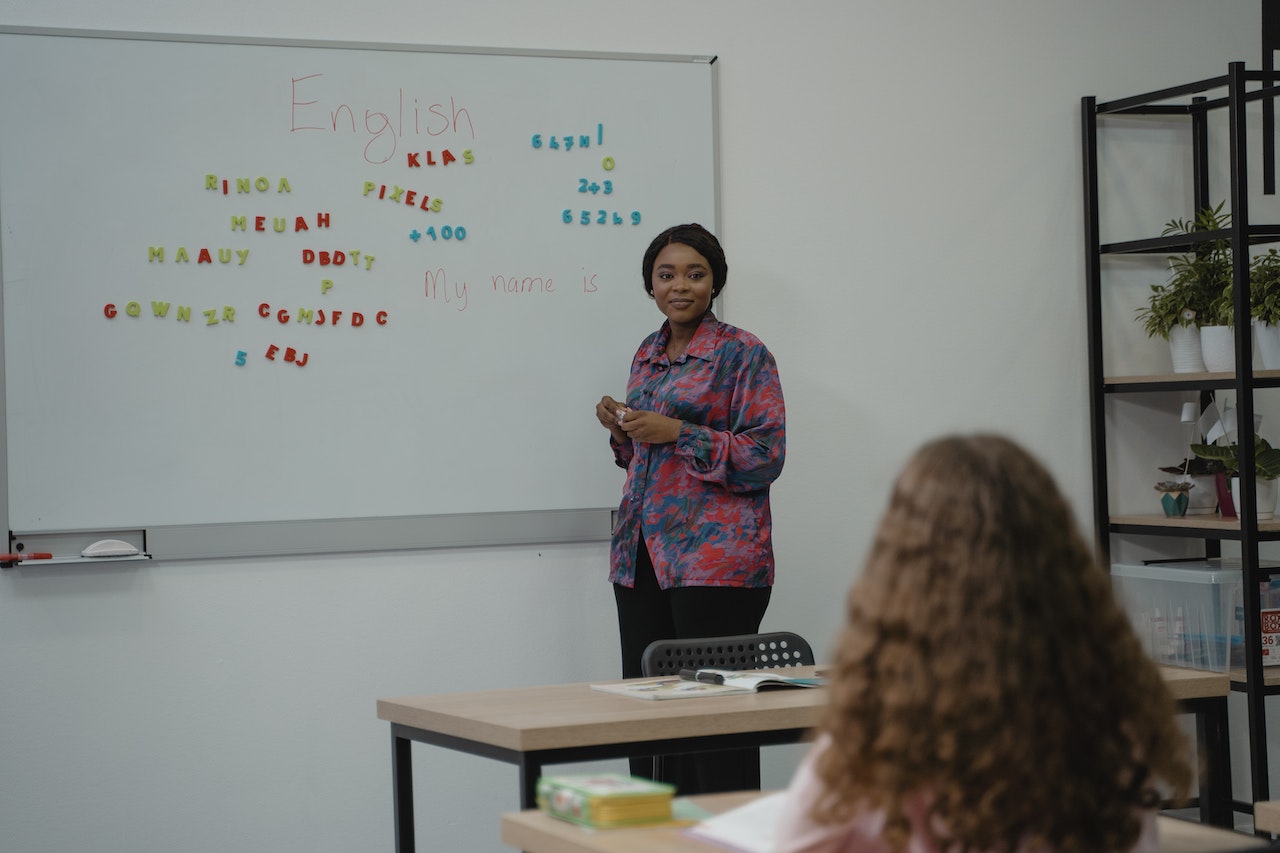
As the global classroom diversifies, so does the demand for more inclusive and efficient teaching resources. This is especially true for English Language Learner (ELL) educators, who find themselves in the unique position of addressing the needs of students from a multitude of cultural and linguistic backgrounds.
In this comprehensive guide, we explore the impressive array of English language learner resources for teachers that promise to transform their teaching methods, enhance their capabilities, and ultimately, enrich the learning experiences of their students.
Understanding the Need for English Language Learner Resources for Teachers
The rise in the number of ELL students is a direct consequence of increased international mobility and the growing recognition of English as a global lingua franca. From small classrooms in urban schools to sprawling campuses in cosmopolitan cities, ELL students are now a ubiquitous presence in educational settings around the world. According to a report from the National Center for Education Statistics, ELL students in the US alone accounted for 10 percent of the total student population in 2017, emphasizing the scale and magnitude of this demographic change.
While this cultural and linguistic diversification has richly contributed to a vibrant tapestry of learning environments, it also presents unique challenges for educators. One of the most significant challenges is ensuring that the instruction is effective, engaging, and accessible for all ELL students. Inclusivity and accessibility are two key markers of effective ELL instruction, and achieving these requires resources that are sensitive to the learning needs and styles of ELL students.
Overcoming Language Barriers
The primary challenge for ELL teachers lies in overcoming language barriers. Not only does language impact comprehension, but it also interacts with critical thinking and problem-solving skills. Therefore, teachers are required to implement pedagogical and instructional strategies that can help navigate language barriers and facilitate deeper understanding.
Facilitating Cultural Inclusivity
Another pressing challenge lies in ensuring cultural inclusivity within the classroom. Given that ELL students come from various cultural backgrounds, teachers need resources that can help them effectively connect with and engage all learners, fostering an environment that respects and celebrates cultural differences.
Assessing Progress
Evaluating the progress of ELL students can be a complex task. Teachers need to track not only language proficiency but also academic understanding and cognitive development. This calls for comprehensive assessment tools that can accurately gauge these diverse aspects of learning progress.
Navigating Resource Limitations
One of the most practical challenges teachers face is the lack of resources. With strained school budgets and limited access to quality materials, finding affordable or free ELL resources can be a daunting task.
The increasing number of ELL students combined with the unique challenges they present call for the urgent provision of targeted resources for ELL teachers. Addressing these challenges effectively will not only enhance the learning experience of ELL students but also significantly contribute to their academic success and socio-cultural integration.

Different Types of Vital English Language Learning
When teaching English as a Second Language (ESL), having the appropriate resources plays an integral role in both facilitating comprehensive learning and ensuring the teaching methods are in tune with the learners’ needs. These resources cater to various aspects of teaching: from classroom interaction to multicultural inclusivity. While being mindful not to endorse specific apps or digital tools, the importance of understanding the types of resources available cannot be understated. Here’s a deeper look into the different types of vital English Language Learning resources:
Pedagogical Resources
Pedagogical resources are vital in laying the groundwork for the ELL teachers’ methodologies. They provide theoretical and practical insights into how to effectively navigate teaching English to non-native speakers. These resources can include materials on differentiated instruction strategies for accommodating students of different proficiency levels, pragmatic teaching handbooks that offer step-by-step guidance on lesson planning, and concept-based resources that provide frameworks for teaching grammar, vocabulary, and pronunciation. However, it’s important to select pedagogical resources that are in line with the teaching philosophy of the institution and the teacher’s personal style for maximum effectiveness.
Classroom Interactive Tools
With the ever-evolving digital landscape, ESL teaching now has the advantage of incorporating interactive tools in the classroom setting. These tools play a vital role in improving student engagement and promoting active learning. Tools such as digital whiteboards, video content, and online language games can make learning more accessible and enjoyable for students. Careful consideration should be given to the classroom’s hardware capabilities, the students’ digital literacy, and the alignment of these tools with the lesson’s objectives when integrating these resources.
Assessment and Progress Tracking Tools
Effective tracking of progress is essential to measure the efficacy of teaching methods and to tailor future instructions as per individual student’s learning path. The arsenal of an ELL teacher can include diagnostic assessments, formative or summative assessments, and digital tools that track and record a student’s progress over time. These tools should provide a comprehensive overview of a student’s language proficiency, academic understanding, and cognitive progress. Teachers must ensure that these tools provide actionable insights that can be used to improve teaching strategies and meet students’ learning needs.
Multicultural Education Resources
ELL classrooms are often a melting pot of diverse cultures and backgrounds. Therefore, it’s essential for teachers to have access to resources that help create a culturally inclusive learning environment. These resources can include culturally relevant literature, activities that celebrate cultural diversity, and visual aids like world maps. These resources should aim to promote cross-cultural understanding and respect, enabling students from different backgrounds to feel seen, heard, and valued.
Professional Development Resources
As the field of language education continues to evolve, it’s critical for ELL teachers to constantly upgrade their skills and knowledge. Professional development resources come into play here, offering avenues for ongoing learning and skill enhancement. These could include specialized ESL training programs, webinars, workshops, conferences, and professional literature. Teachers should look for resources that align with their specific developmental needs and contribute to their long-term career growth.
As an ELL teacher, picking the right resources is as critical as the teaching process itself. By curating a pool of diverse and effective English language learning resources, teachers can ensure the success of their students, regardless of their cultural background or English proficiency level.

The importance of having a comprehensive selection of resources as an ELL teacher
Taking into account the significant rise in ELL students and the unique challenges this presents, it is abundantly clear that the need for targeted resources is more pressing than ever. Whether it’s overcoming language barriers, ensuring cultural inclusivity, or assessing progress, the right resources can help ELL teachers navigate these tasks with ease. Pedagogical resources, interactive classroom tools, multicultural education materials, assessment aids, and professional development resources all have a role to play in this intricate mosaic. The key takeaway is that the right tools can make all the difference, and ELL teachers must thoughtfully choose resources that align with their teaching objectives and the unique needs of their students.
If you’re an ELL teacher searching for top-notch resources to improve your students’ English language learning experiences, Readability Tutor is the solution for you.
Readability Tutor’s innovative and personalized application aligns perfectly with students’ learning needs and your teaching objectives. Offering high-quality, engaging reading content that respects and celebrates cultural diversity, it allows you to overcome cultural and linguistic barriers with ease. Readability Tutor is a cost-effective solution minimizing the strain on school budgets.

 Español
Español